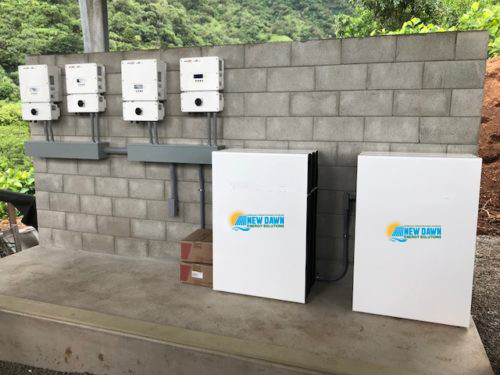
To stop global warming and dangerous CO2 emissions we need to put coordinated and concentrated efforts in every part of the society- government, business, and the community. This includes all of us as homeowners. As homeowners, we can play a major part in keeping our planet green by getting smart, going solar and reducing our collective carbon footprint.
Today’s smart homes have energy-efficient appliances connected through the internet and you can turn on your light and heat before you reach your driveway and check on your kids from work. You can water your yard from another country. But to do all these your home needs energy and a solar system plus battery storage can provide you with that energy.
Air conditioning our homes takes an enormous amount of energy and dollars – not to mention keeping other appliances running when we need them the most. Our grid structures are failing,6 and many grids can’t handle increased power demands on a hot day.
New Dawn Energy can help to boost energy efficiency in your home and businesses. Our solar+battery system is optimized to give you control over your power usage. This means you get to see how much energy you use real-time and decide when and where the lights stay on.
And our solar+storage system allows you to use solar power stored in the battery when energy rates are at the highest. This helps to maximize the production of your solar panel, and your savings. Also, your neighborhood power outage or blackout, does not affect you and you determine what is powered in your home.
Solar+storage can be cheaper than diesel-powered generators. Between the low price of the unit itself, the higher capacity compared to other portable generators, more infrequent maintenance requirements, and zero fuel costs, this just makes financial sense.
Going solar can help lower your utility bills and be prepared for the inevitable power outage. Everyone struggles with rising energy prices, and to help combat these costs, more homeowners are choosing to become less reliant on the grid.
Embracing new technologies such as solar+battery storage can increase efficiencies in your home and help you with real long term savings. But shifting to solar plus battery storage can be overwhelming. So, start with New Dawn solar and begin saving on your monthly utility bill immediately.
Get a complimentary solar quote that is specific to your family’s energy needs and start building your smart home today. Our planet… will thank you.






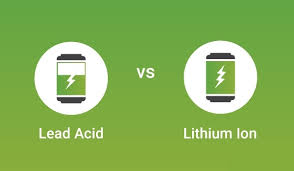
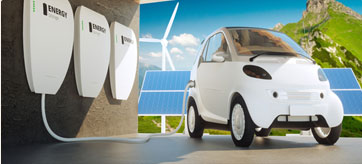
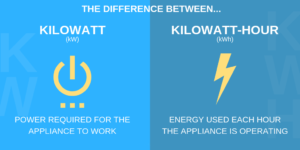 People looking for solar options often puzzled with terms kilowatt and kilowatt-hours. Electricity used is measured by kilowatt hour and the solar power systems are sized in kilowatts. This is where questions often come about kilowatts and kilowatt-hours.
People looking for solar options often puzzled with terms kilowatt and kilowatt-hours. Electricity used is measured by kilowatt hour and the solar power systems are sized in kilowatts. This is where questions often come about kilowatts and kilowatt-hours.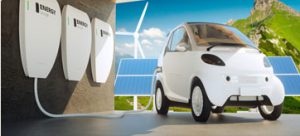 Why Install Batteries?
Why Install Batteries?